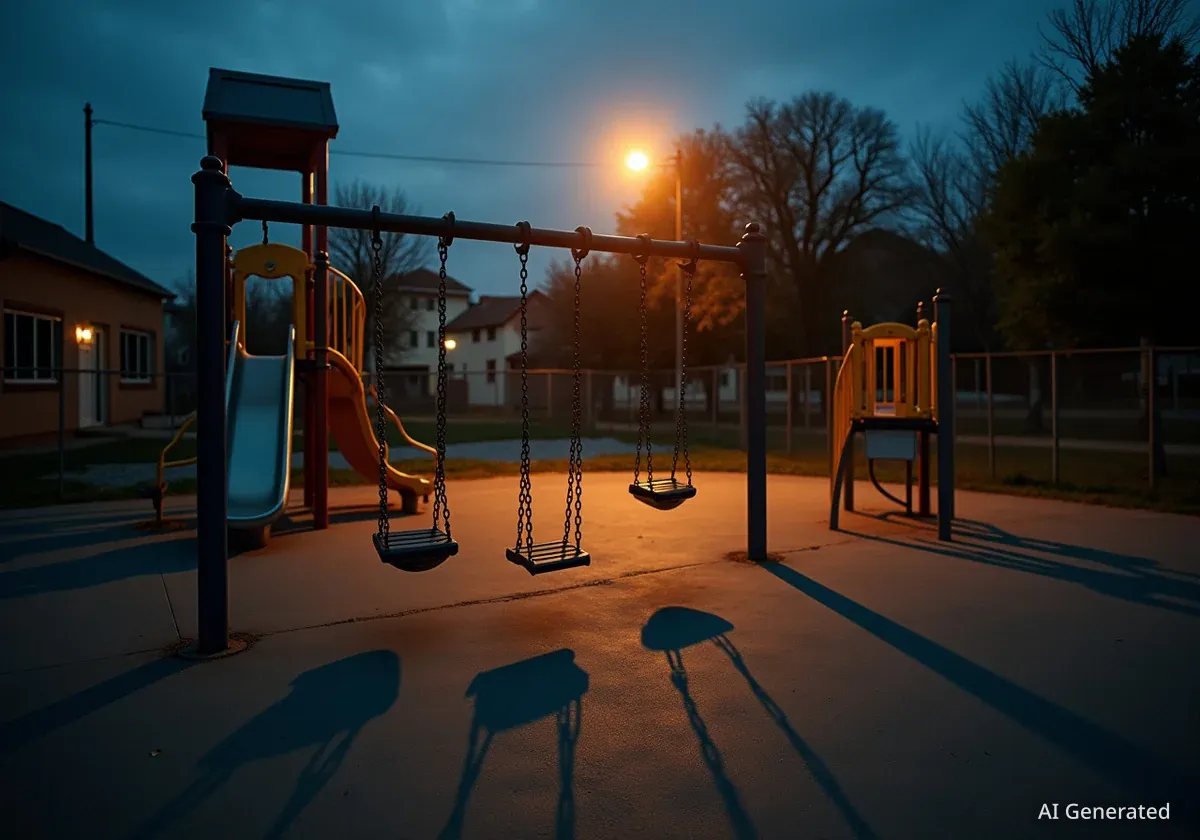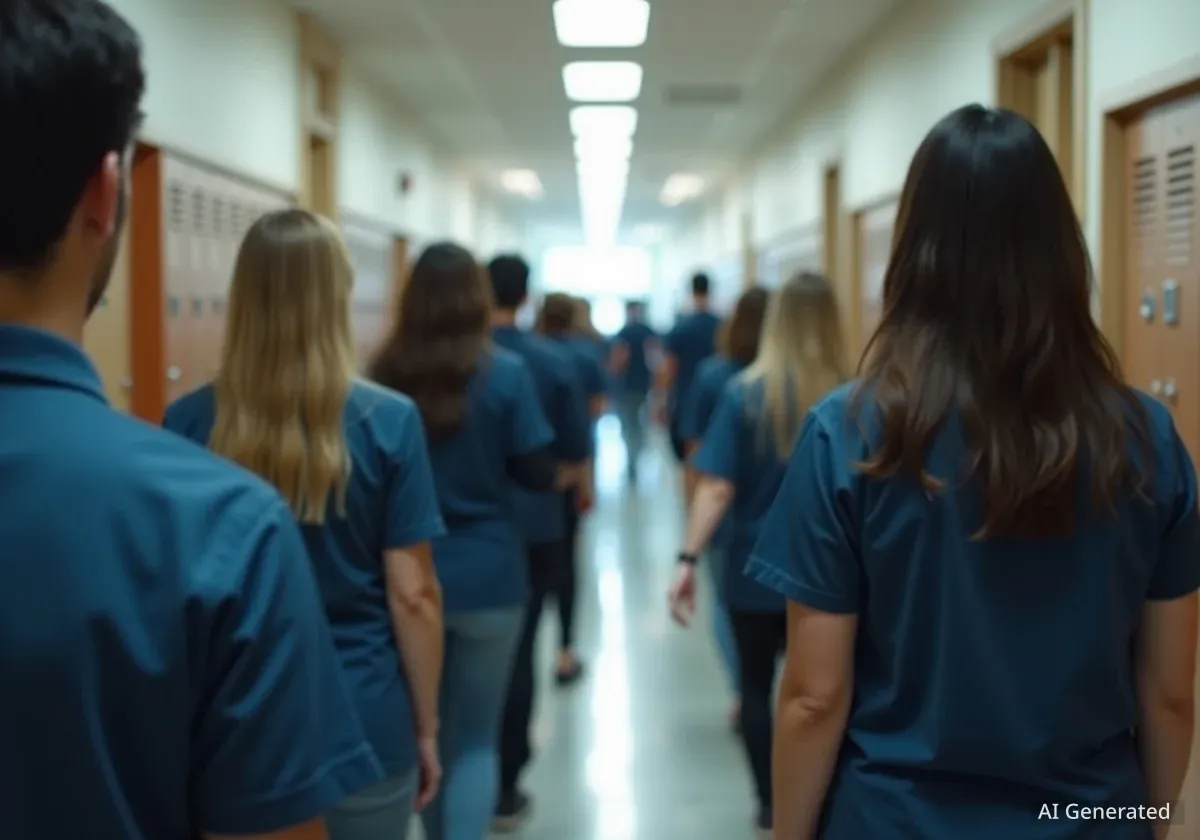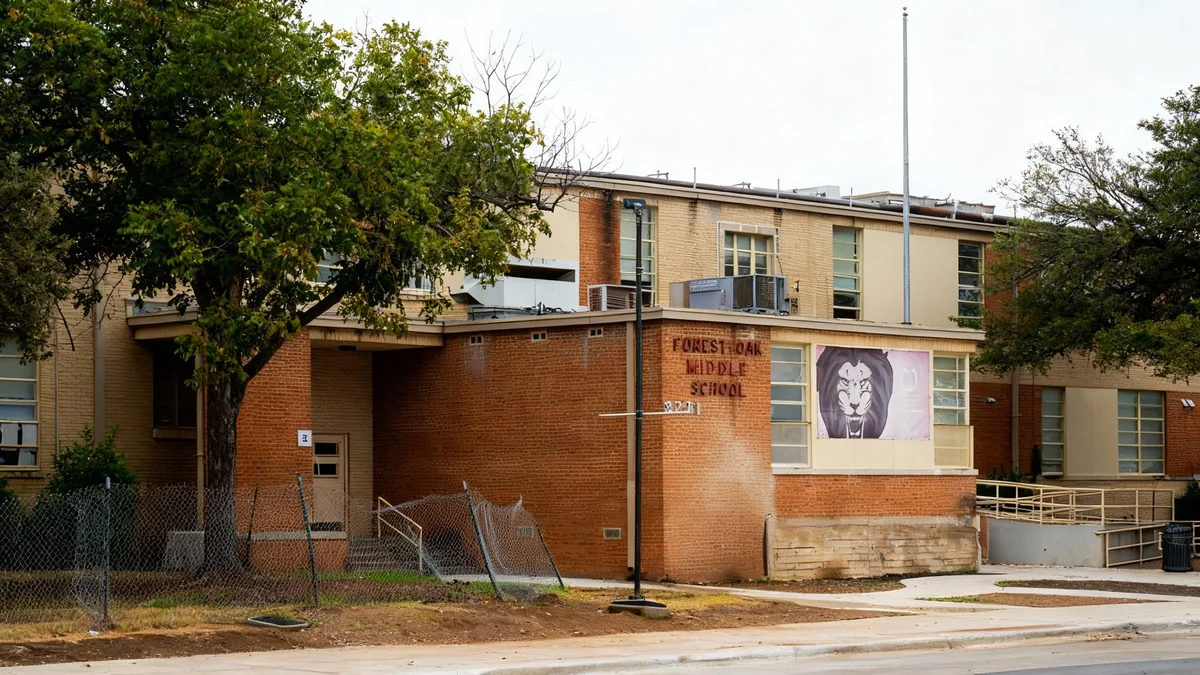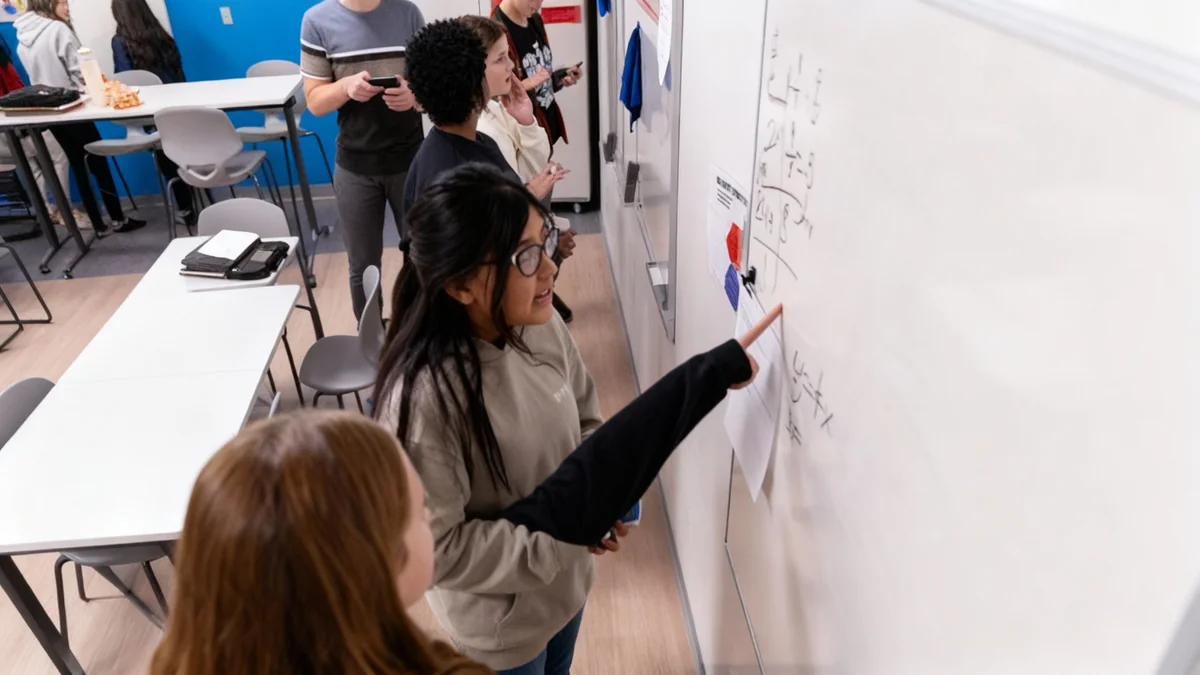A significant gap in afterschool care is placing immense pressure on families across South Carolina, new data reveals. An overwhelming majority of parents who need these programs for their school-aged children are unable to find an available spot, creating a ripple effect that impacts the state's workforce, household stability, and student well-being.
The findings indicate that for every child enrolled in an afterschool program in the state, five more are waiting for an opening. This unmet demand highlights a growing challenge for working parents who rely on such services to balance their professional and family responsibilities.
Key Takeaways
- Approximately 83% of South Carolina parents seeking afterschool care cannot secure a spot for their child.
- The current availability of programs meets only a fraction of the total demand across the state.
- This shortage directly impacts parental employment, forcing many to reduce work hours or leave their jobs.
- Experts warn the lack of structured afterschool activities can affect students' academic performance and social development.
An Overwhelming Unmet Need
The scale of the afterschool care deficit in South Carolina is stark. According to recent findings, five out of every six parents actively searching for a program are left without a viable option. This translates to tens of thousands of families struggling to find a safe and enriching environment for their children between the end of the school day and the end of the workday.
This is not a localized issue affecting a few districts; it is a statewide problem. From urban centers to rural communities, the demand for quality afterschool programming far outstrips the supply. The situation leaves many parents in a difficult position, often having to make tough choices between their careers and their children's supervision.
By the Numbers
The data shows a critical imbalance: for every single child currently in a South Carolina afterschool program, there are an estimated five other children whose parents want them enrolled but cannot find an available slot.
The Economic Impact on Working Families
The consequences of this shortage extend beyond simple inconvenience. For many South Carolina families, the inability to find afterschool care has direct financial implications. Parents report having to reduce their work hours, turn down promotions, or even leave the workforce entirely to care for their children in the afternoons.
This forced reduction in work participation not only affects a family's income but also has a broader impact on the state's economy. When skilled and experienced workers are unable to maintain full-time employment due to childcare constraints, it creates productivity losses for businesses and can hinder overall economic growth.
A Barrier to Employment
The lack of reliable afterschool options serves as a significant barrier to employment, particularly for single parents and low-income households. Without a safe place for their children after school, many parents cannot accept jobs with traditional 9-to-5 hours, limiting their career opportunities and earning potential. This cycle can perpetuate financial instability and make it harder for families to achieve economic security.
What Are Afterschool Programs?
Afterschool programs offer more than just supervision. They provide structured environments where children can receive homework help, participate in recreational activities like sports and arts, develop social skills, and explore new interests. Quality programs are linked to improved academic outcomes, better school attendance, and reduced behavioral issues.
The Effect on Student Development
Beyond the economic strain on parents, the scarcity of programs has a direct impact on children. The hours between 3 p.m. and 6 p.m. are a critical time for student development. High-quality afterschool programs offer opportunities for academic enrichment, social learning, and physical activity that many children are now missing out on.
"When children don't have access to structured, positive environments after school, we miss a crucial opportunity to reinforce what they learn during the day and to build essential life skills. It's a gap in their development that can have long-term consequences."
Educational experts emphasize that these programs provide a safe and productive alternative to unsupervised time at home. Students in afterschool programs often demonstrate better academic performance, improved work habits, and greater social-emotional competence. The current shortage means a significant portion of South Carolina's youth may not be receiving these developmental benefits.
Key Barriers for Parents
Several factors contribute to the widespread lack of access. While the sheer number of available slots is the primary issue, other challenges prevent families from enrolling their children, even when a program exists:
- Cost: The price of afterschool care can be prohibitive for many families, especially those with multiple children.
- Transportation: A lack of reliable transportation from school to the program location is a major hurdle, particularly in rural areas.
- Location: In many communities, programs are simply not located in convenient or accessible areas for working parents.
Searching for Solutions
Addressing this critical shortage will require a multi-faceted approach involving state and local governments, school districts, and community organizations. Potential solutions being discussed include increased public funding for afterschool initiatives, creating public-private partnerships to expand program availability, and offering subsidies to make care more affordable for low-income families.
For now, however, thousands of South Carolina parents are left navigating a difficult landscape, piecing together childcare solutions with help from family, friends, or informal arrangements. As the school year progresses, the pressure on these families is only expected to grow, highlighting the urgent need for systemic change to support the state's working parents and their children.





